First: What is gluten?
In the last 10 years, “gluten” has become a buzzword—and a bit of a dietary demon. For most people, gluten, a protein found in many types of grains, is totally harmless. But for others, foods with gluten can cause a number of problems ranging from abdominal discomfort, diarrhea, and bloating, to anxiety, and fatigue. “Gluten is a challenge to our guts because it can be hard to digest,” says Beth Trimark-Connor, Level 1 Precision Nutrition Coach at GO Training in Portland, OR. “In people with celiac disease, gluten damages cells in the intestine and provokes an attack response from the immune system. When the immune response doesn’t stop attacking the gluten, it may also turn on the body itself.” Some people without celiac or a gluten intolerance or sensitivity claim to experience benefits from going gluten free, including decreased brain fog, more energy, and less joint inflammation, Trimark-Connor adds. If you’re considering side-stepping gluten in your diet, you probably know to avoid wheat. But there are many other foods with gluten out there that you might not even realize. Read on for the surprising list.
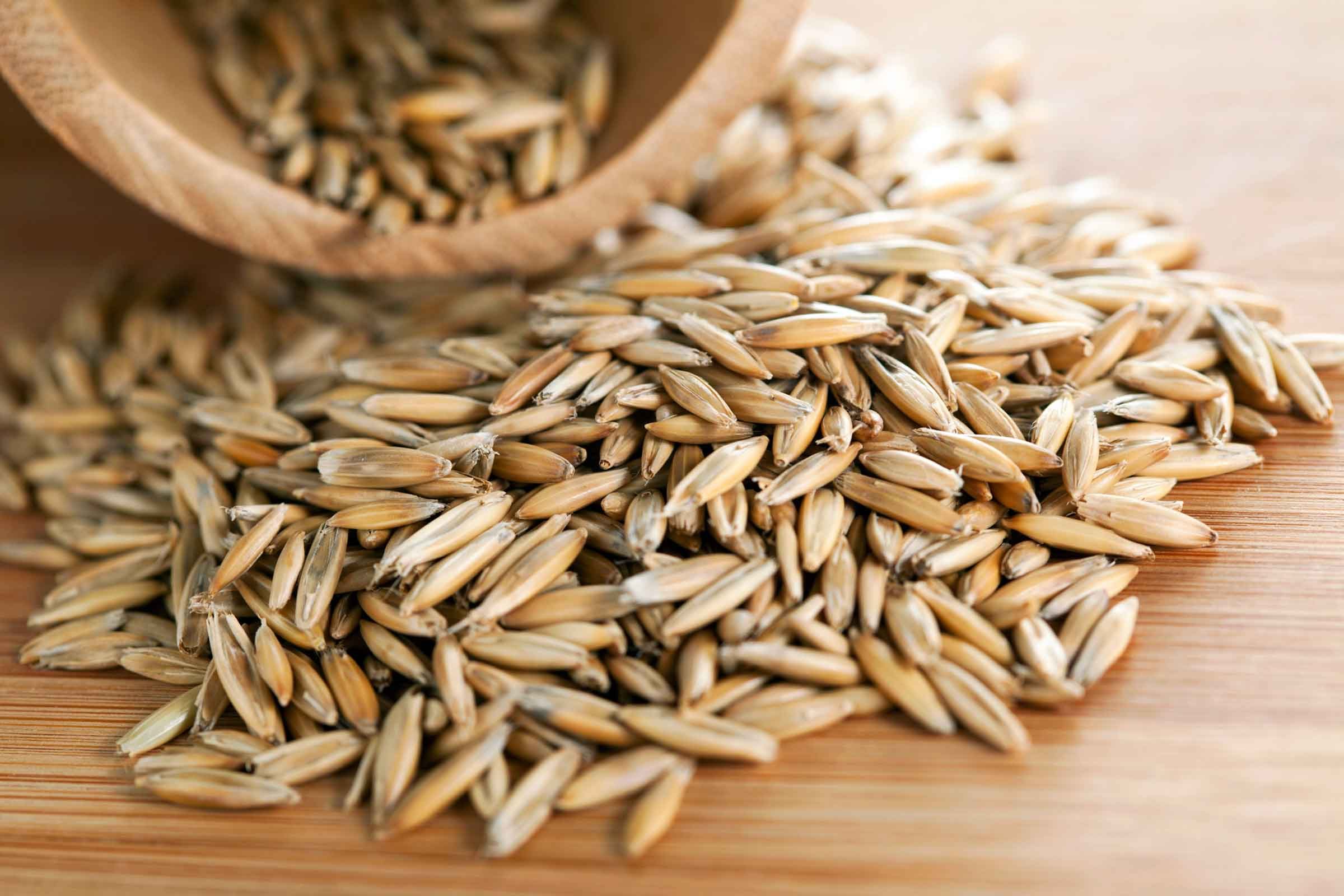
Rye
While most people equate gluten with wheat, wheat is just one grain that contains gluten. So, if you see packaging that says “wheat-free,” it doesn’t necessarily means it’s also gluten-free. You’ll want to avoid rye bread and rye crackers to avoid falling into this gluten trap, and reach for a gluten-free loaf or rice-based cracker instead. What about whiskey, which is made from rye? The verdict is mixed, but many celiac disease associations say whiskey is OK to drink, due to the distilling process. However, some people do report having a reaction to rye whiskey, so proceed with caution.
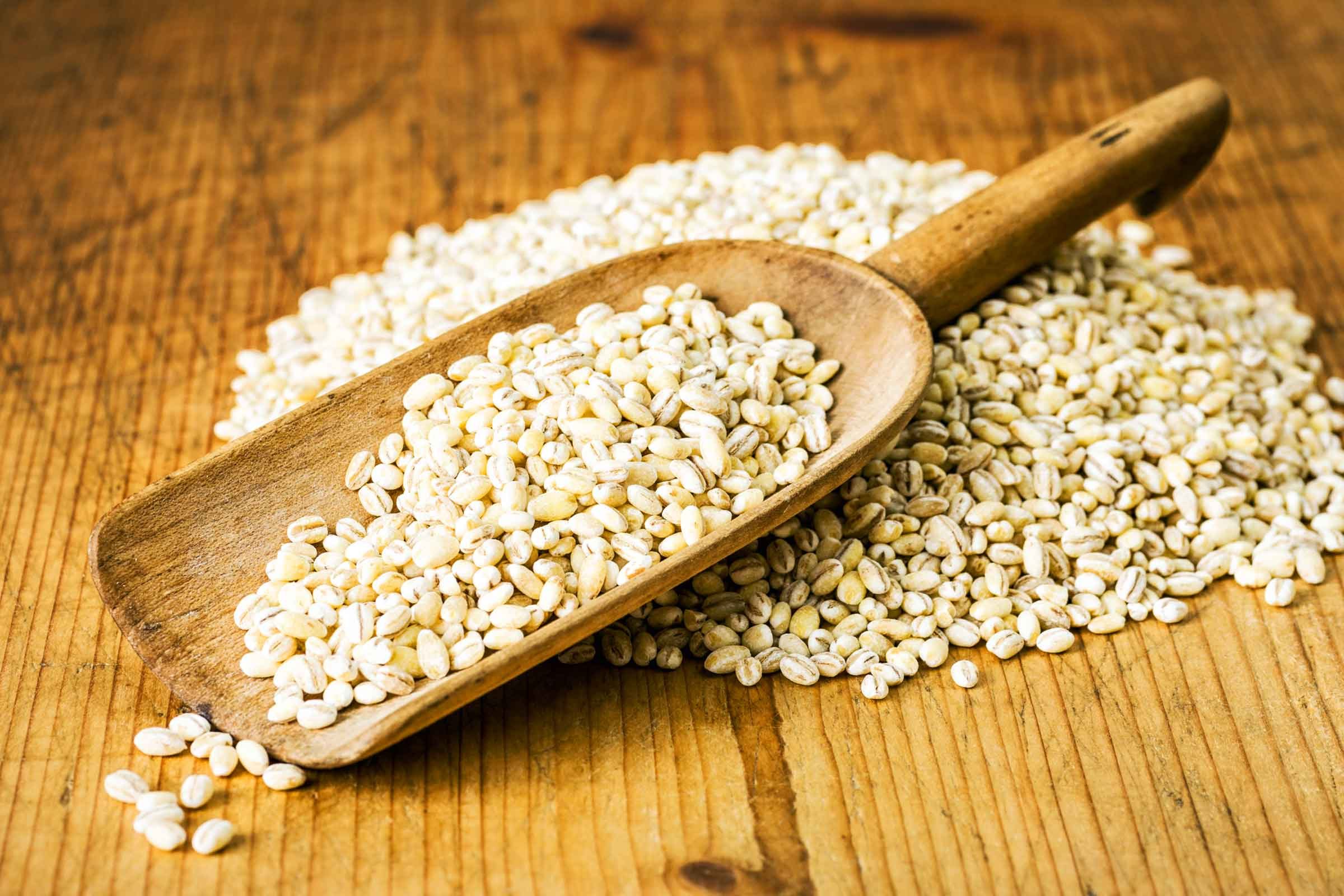
Barley
Along with rye and wheat, barley is one of the most common grains or foods with gluten. That means that pearled barley—often found in soups like beef and barley—is a no-no. It also means that malt products are off-limits, says the Celiac Disease Foundation, including malt candy and malted milk. Instead of barley-based soups, opt for one with rice instead. And the great news? Chocolate is totally safe (unless it contains malt balls)! Here are other gluten-free recipes to add to your collection.

Beer
It’s a sad but true fact that most beers are not gluten-free. Beer is often derived from malted barley or malted wheat, both of which contain gluten. However, with rising demand for gluten-free everything, there’s a growing number of gluten-free beers coming to store shelves. These beers are usually made from corn or rice, and are generally safe for gluten-sensitive folks to drink.
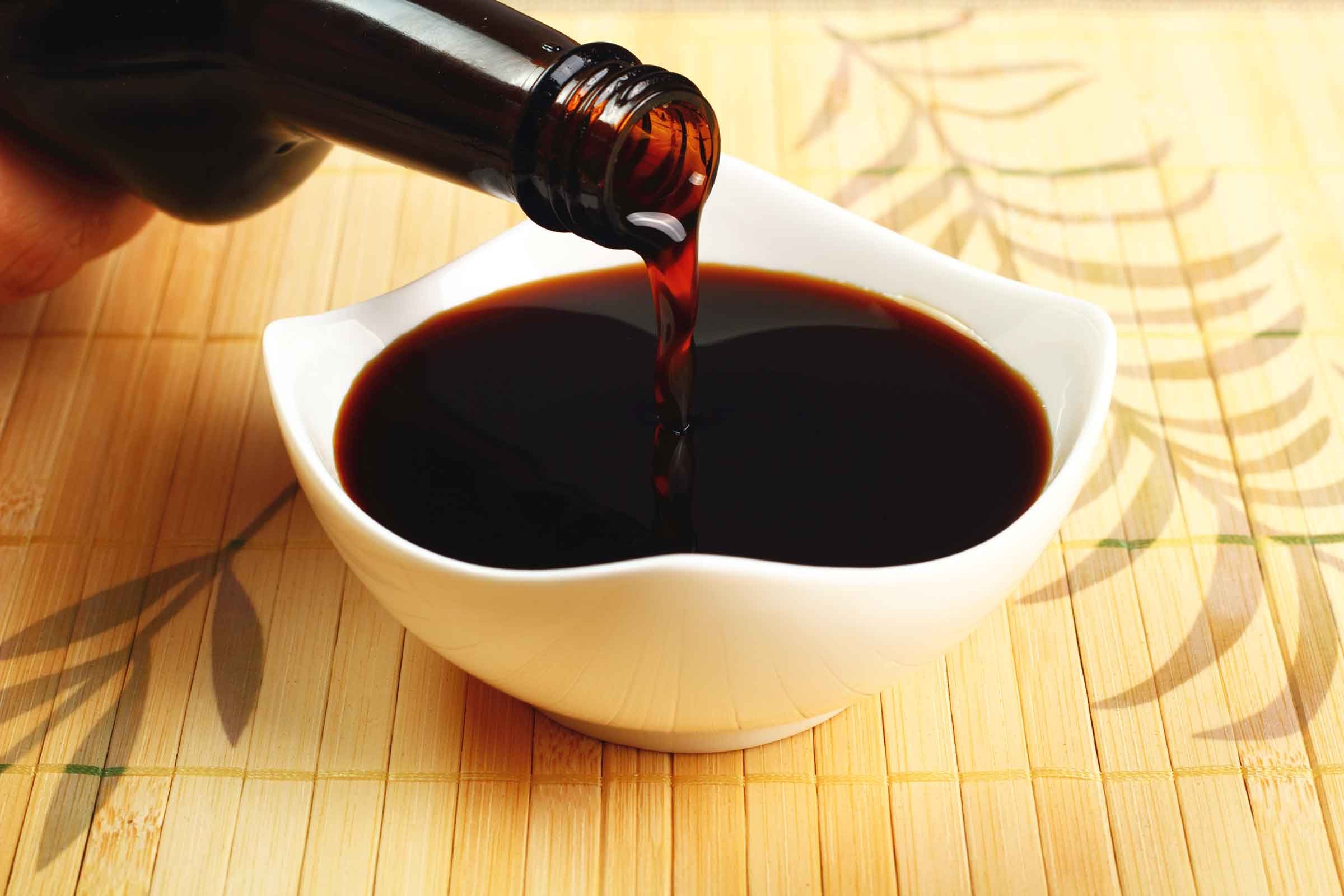
Soy sauce
It seems like sushi would be a safe bet for someone trying to avoid foods with gluten—it’s just fish and rice, both of which are safe, right? But don’t forget about the sauces. Soy sauce, a common dipper and base for sauces at Japanese restaurants, contains wheat, and therefore gluten. Keep in mind that soy sauce isn’t just for sushi. You’ll often find soy sauce in frozen vegetables with sauces, salad dressings, and marinades too. Luckily, there’s a gluten-free alternative, called tamari, that tastes nearly identical and does not contain wheat. Coconut aminos is another great gluten-free option.
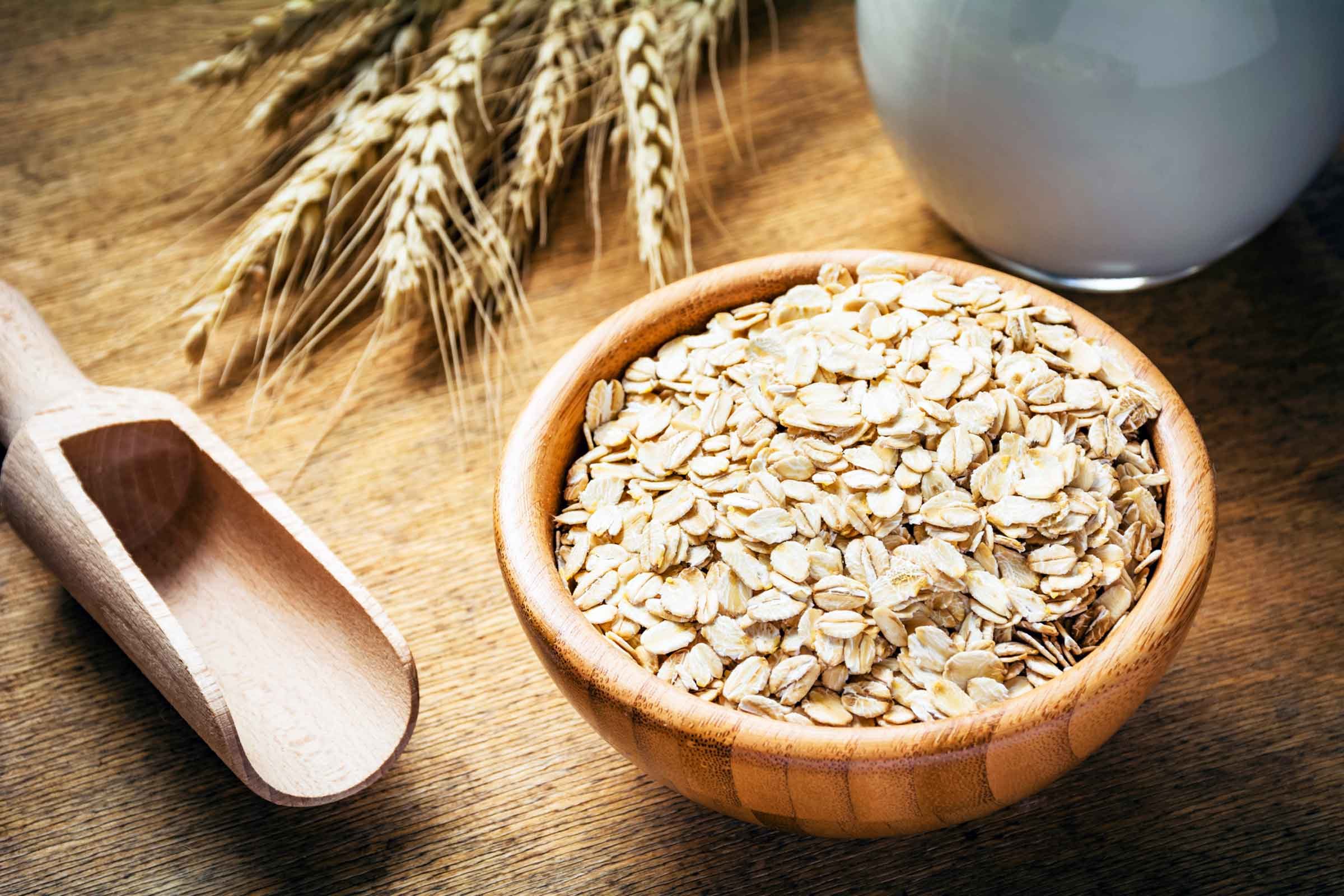
Oats
Oats are technically a gluten-free food, but they are often cross-contaminated. Gluten from wheat, rye, or barley can be transferred to the oats in the fields, or in manufacturing plants that also process gluten-containing grains. If you love your morning oatmeal, look for a certified gluten-free variety—these oats are specially monitored to avoid cross-contamination. (You’ll also want to check: is oat milk gluten-free?)
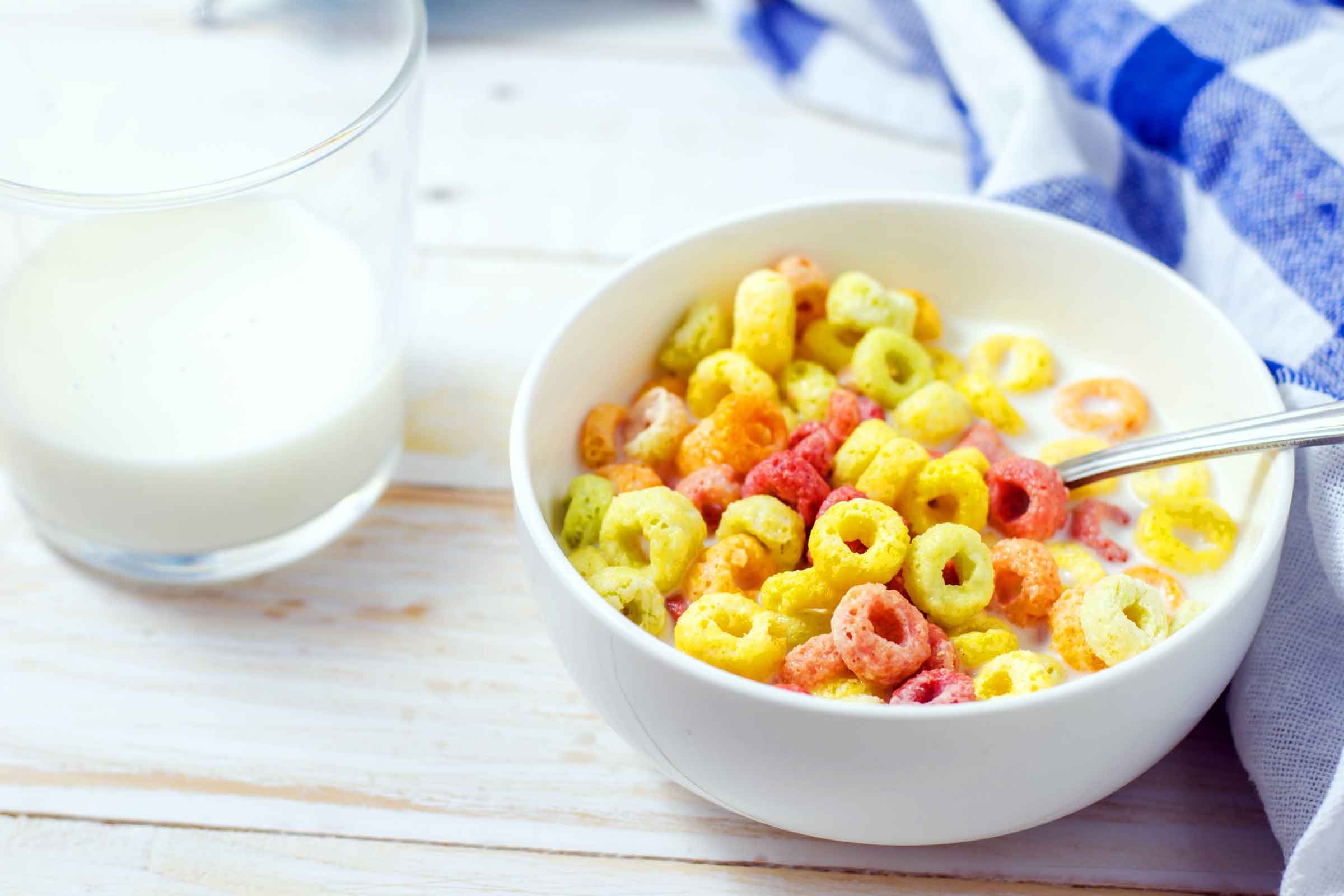
Malt extract
So if corn and rice are safe, that means you can have corn- and rice-based cereals, right? Well…not necessarily. Many cereals contain malt extract, which, you guessed it, is a source of gluten. While Kellogg’s Corn Flakes and Rice Krispies are off the table, so to speak, there are a number of healthy gluten-free cereal options out there.
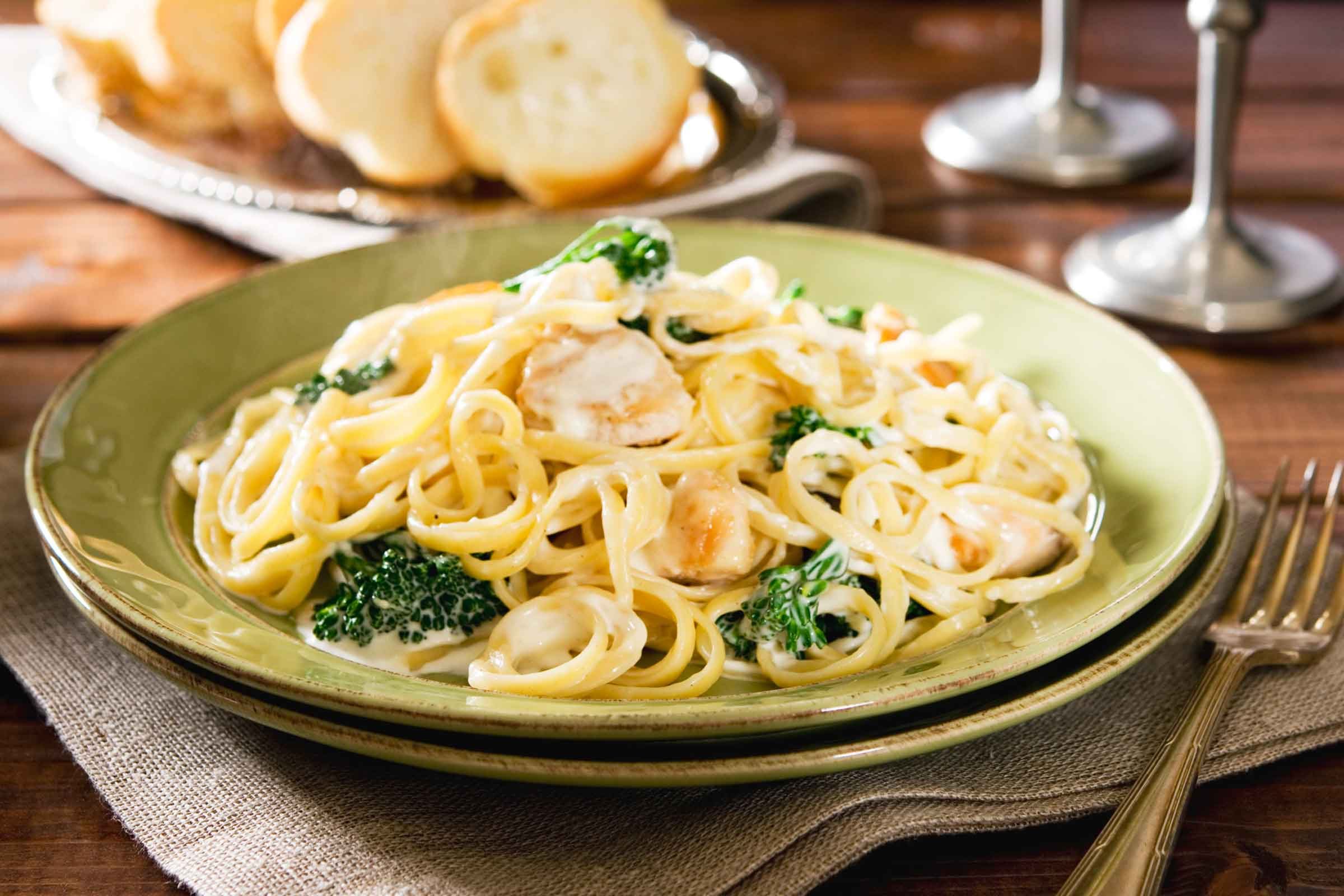
Cream sauces
Not all sauces contain gluten, but many cream-based and gravy-type sauces do. That’s because they’re often thickened with flour. If you’re making the sauce at home, you can easily swap out the flour for half that amount of cornstarch. If you’re ordering from a restaurant, be sure to ask for your Alfredo to be gluten-free. Here are the gluten-free foods nutritionists swear by.
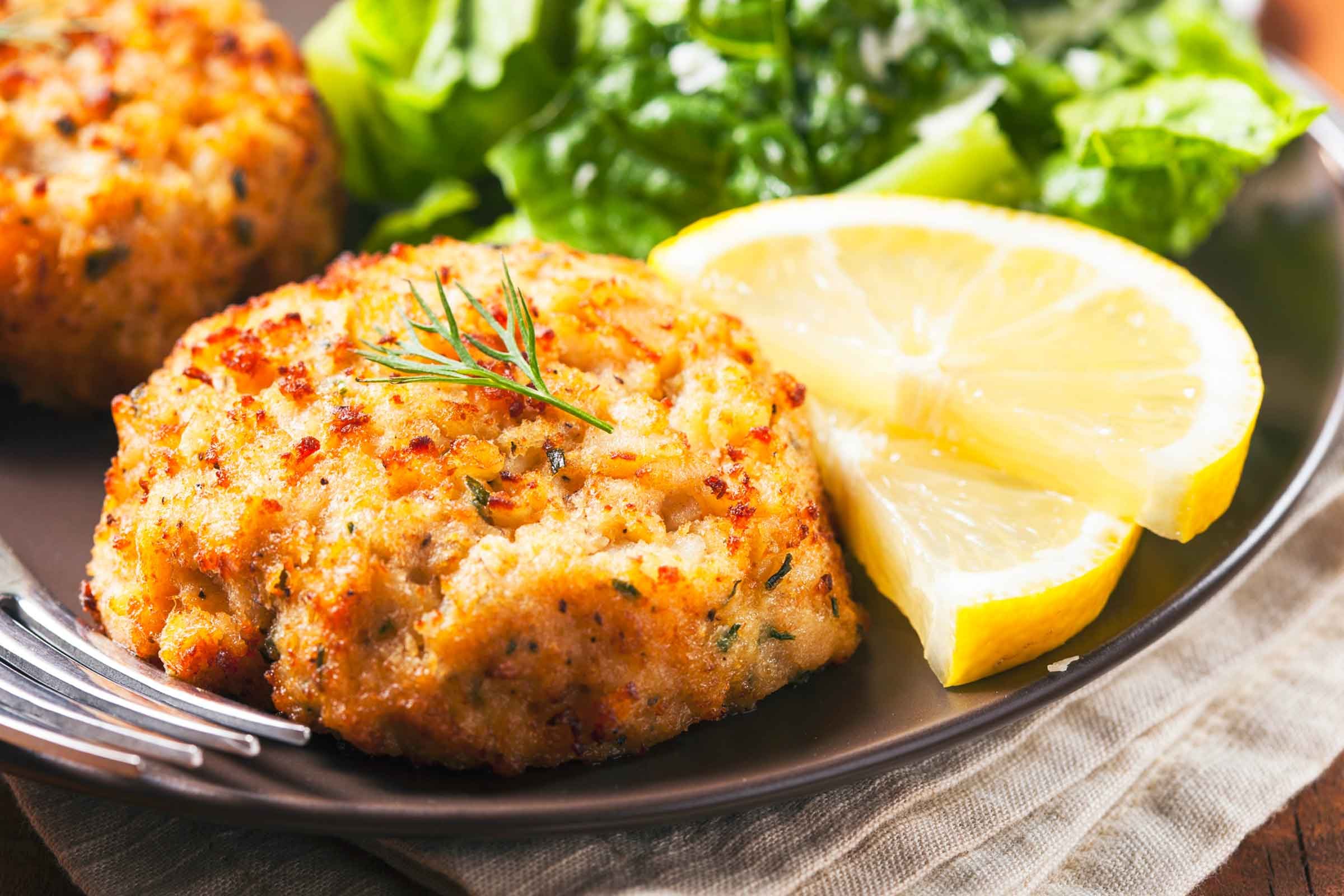
Imitation crab meat
There’s more than fish in imitation crab meat, a staple of salad bars and mock-California rolls. The processed fish that forms the “crab” meat is often molded together with wheat products or foods with gluten. Go for the real thing, or omit it altogether if you’re looking to avoid gluten.
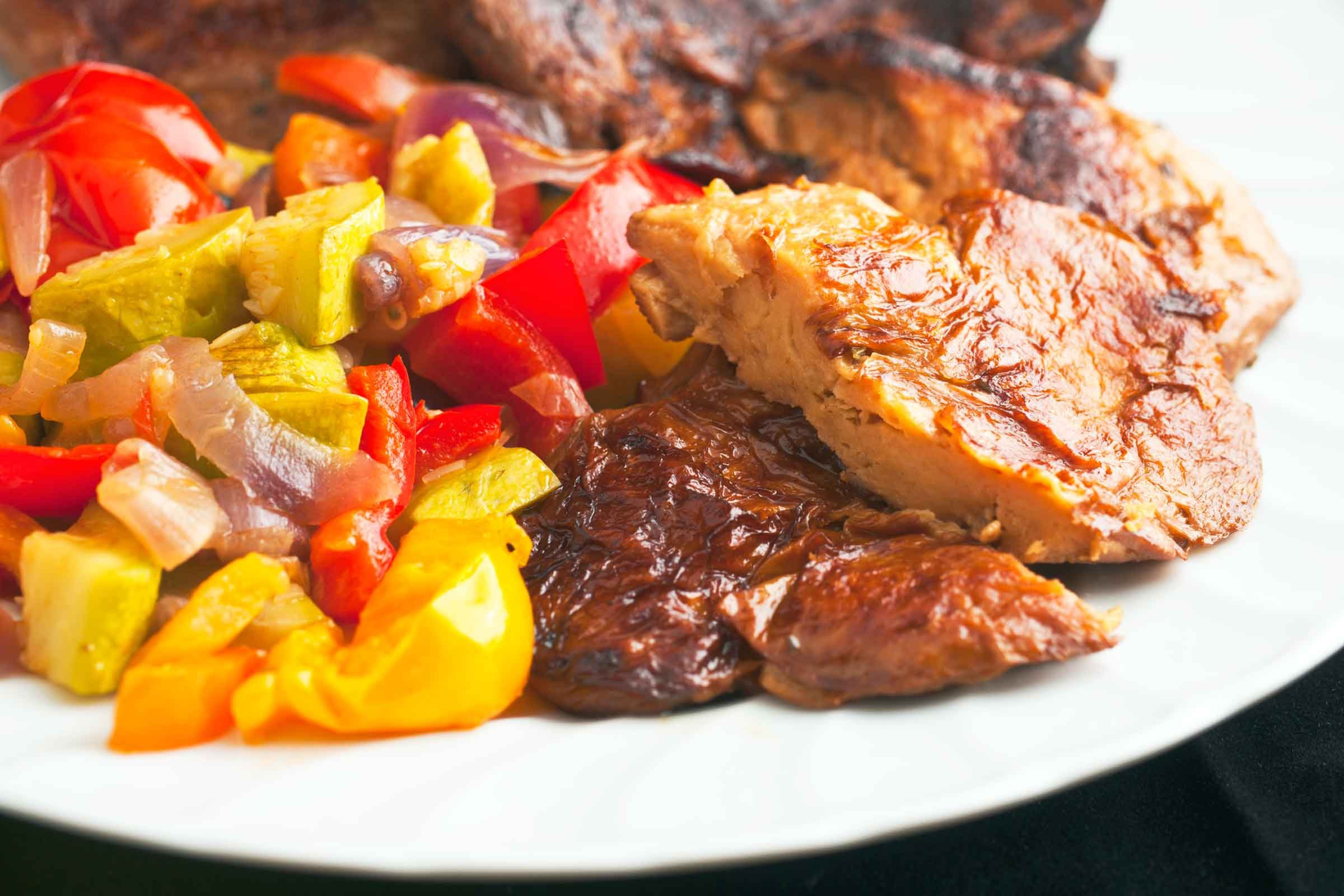
Seitan
Vegetarians and vegans are likely familiar with seitan, an alternative to meat called vital wheat gluten. Seitan is sometimes referred to as “Wheat Meat,” so… yes, it does contain gluten. If you’re looking for a non-meat protein source, tofu is naturally gluten-free. Next, check out the Celiac symptoms you need to watch out for.
